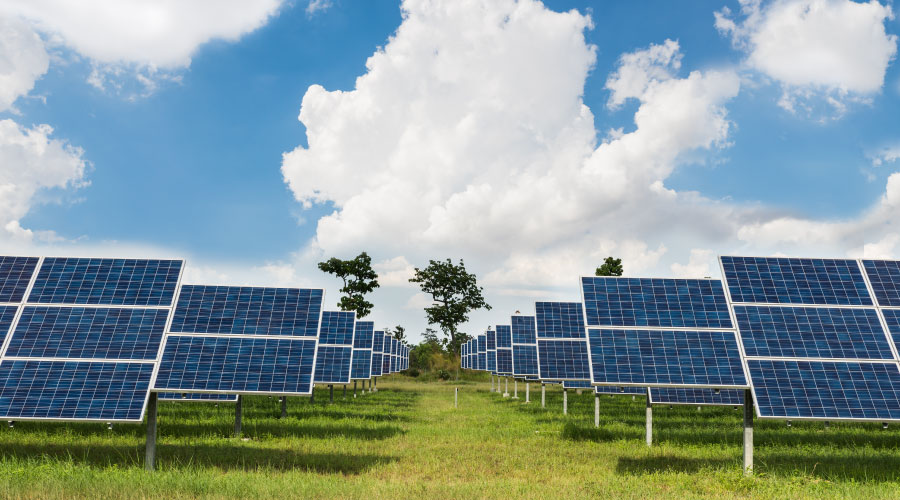Net-Zero, Re-Use Approaches Address Looming Water Problems
A number of factors promise to make water an increasingly precious commodity, and net-zero water addresses this issue. So does a focus on re-using onsite sources of water.
According to the American Society of Civil Engineers Infrastructure Report Card, in 2013, water and wastewater facilities, waterways, and dams and levies received grades of D or D-, lower than rail, bridges, energy, airports, parks, and solid waste. At the same time, many areas of the nation are realizing that their water supplies are limited and in some cases inadequate to support economic development in the future. This portends big water problems in the future — problems that will generate increased water rates and more restrictions.
For this reason, water is on the minds of many large corporations, non-profit organizations, and civic leaders. To quote Andrew Liveris, president, chairman, and chief executive officer of Dow Chemical Co., “Water is the oil of the 21st century.”
Facility managers, too, are beginning to awaken to this changing situation and take action. There are a multitude of factors, but five drivers stand out:
-
First, the cost of water and wastewater services has increased two to three times faster than the cost of electricity over the last 15 years (natural gas prices have actually decreased). The old facility manager’s concept that water is cheap is being turned on its ear, and this trend is projected to continue.
-
Many water and wastewater utilities and states are providing incentives for commercial facilities to become more water efficient, with a “holy grail” of net-zero water.
-
Going green is becoming a selling point for building owners and developers, as the companies they lease to see it as a way to minimize utility costs, be good corporate neighbors, and attract and retain the best talent.
-
New stormwater regulations require facilities to catch and keep a portion of each precipitation event. New facilities are thus required to implement some measures that move them toward net-zero water for the purposes of stormwater control anyway.
-
Green rating systems, such as the U.S. Green Building Council’s LEED rating system, continue to move toward the goal of zero impact buildings.
The bottom line is that net-zero water is the ultimate answer to all of the above.
Sources of On-Site Water
The potential sources of water for on-site reuse are as numerous as the types of water found on the property. A basic concept is that almost any water can be cleaned to a level where it is useful for non-potable use. Again, water from an approved potable water source should be used for all human consumption (all sinks, showers, cooking, and related uses). The list of potential on-site sources of water is very long, but the following are the most commonly used sources:
-
Rainwater
-
Air-conditioning condensate
-
Foundation drain water
-
Swimming pool backwash and drain water
-
Stormwater
-
Reverse osmosis and nanofiltration reject water
-
Cooling tower blowdown
-
Untreated gray water
-
Treated gray water
-
Treated wastewater (on-site)
Related Topics:














